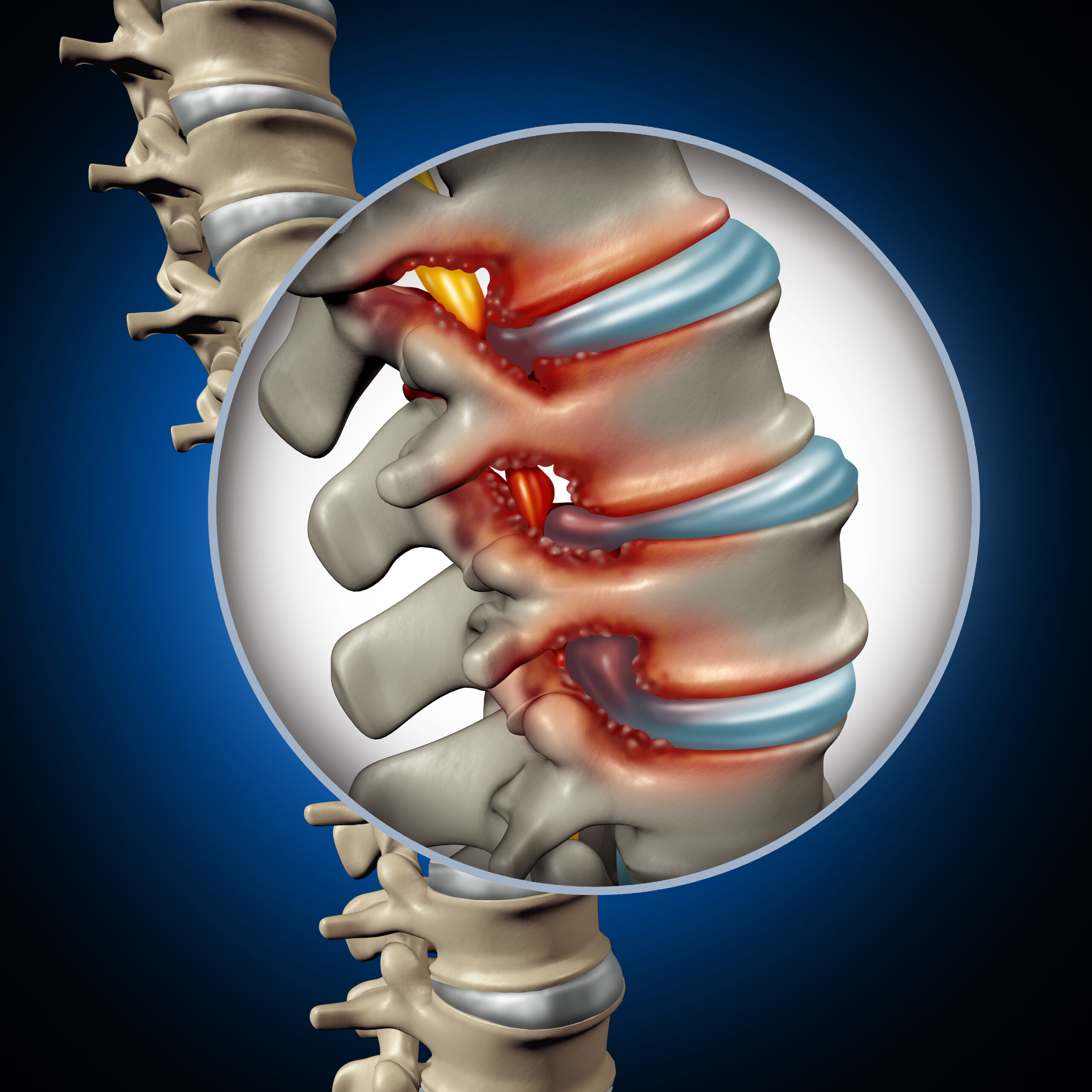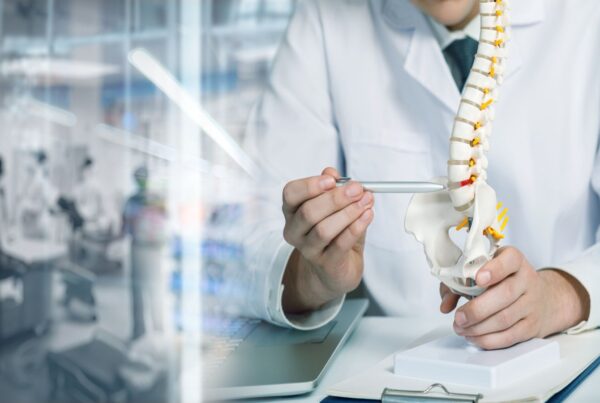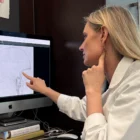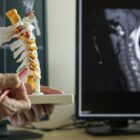Spinal Stenosis: Causes, Symptoms and Treatment
Q: What is Spinal Stenosis?
Spinal stenosis is a common condition that affects many individuals, particularly as they age. This occurs when the spaces within the spine narrow, leading to increased pressure on the spinal cord and nerves.
This can result in various symptoms, including pain, numbness, and weakness.
In this blog post we will explore the diagnosis, symptoms, and treatment options available. We will shed light on how physical therapists, imaging tests, medications, and other interventions can help to manage this condition effectively.
Q: What causes spinal stenosis?
Spinal stenosis refers to a narrowing of the spinal canal. The spinal canal is the central opening in the spine where the spinal cord and nerve roots are located.
A variety of factors, such as bone spurs, herniated discs, or thickened ligaments, can cause this narrowing. As the spinal canal narrows
Q: What are the symptoms of Spinal Stenosis?
The symptoms caused by spinal stenosis can vary depending on the location and severity of the condition. Affected areas may include the lower back (lumbar spinal stenosis), neck (cervical spinal stenosis) arms, or legs. Some people may also experience problems with balance or have difficulty walking. It is important to note that symptoms may worsen over time if left untreated.
Symptoms may include:
- Back pain (lumbar stenosis) or neck pain (cervical stenosis)
- Numbness or tingling sensation in the arms, hands, legs, or feet
- Weakness in the arms or legs
- Difficulty walking or maintaining balance
- Radiating pain down the legs (sciatica) or arms
- Pain or discomfort that worsens with standing or walking
- Relief of symptoms when sitting or bending forward
- Muscle cramps or spasms in the affected area
- Loss of bowel or bladder control (severe cases, rare)
Q: How is spinal stenosis diagnosed?
One of the most common imaging tests used is the Computed Tomography (CT) scan, which provides detailed cross-sectional images of the spine.
Magnetic Resonance Imaging (MRI) is another valuable tool that uses magnetic fields and radio waves to generate images of the spine, allowing healthcare providers to visualize any structural abnormalities.
Additionally, a thorough physical examination and medical history review are crucial in diagnosing spinal stenosis.

Q: What are treatment options other than surgery?
Treatment for spinal stenosis depends on how severe your symptoms are.
Healthcare providers often recommend nonsurgical treatment options as the initial approach when they diagnose spinal stenosis. These may include physical therapy, the use of anti-inflammatory medications, and steroid injections.
Physical therapy plays a vital role in the management of spinal stenosis. A phsical therapist can design customized exercise programs to strengthen the muscles supporting the spine, improve flexibility, and alleviate pain.
A physical therapy regimen can help to:
- Build up your strength and endurance
- Maintain flexibility and stability of your spine
- Improve any issues with balance
Medication is another treatment option to consider depending on the severity of your symptoms.
Doctors may prescribe anti-inflammatory medications to help reduce pain and inflammation.
Steroid injections are another treatment option and can provide temporary relief by reducing swelling and inflammation around the affected nerves and spinal cord.
Q: When should I consider surgery for spinal stenosis?
In cases where conservative treatment does not provide adequate relief, surgery may be considered.
It's time to get back
to doing what you love.
Q: Can spinal stenosis be serious?
Cauda equina syndrome is a rare but severe condition that can occur as a result of advanced spinal stenosis. It is characterized by a compression of the nerves at the lower end of the spinal cord. This can lead to bowel or bladder dysfunction, numbness in the groin area, and even paralysis if left untreated. Cauda equina syndrome requires immediate medical attention and surgical intervention is often needed
Q: What type of surgery do I need for spinal stenosis?
The type of surgery recommended depends on various factors, including the severity and location of the spinal stenosis. Decompressive laminectomy, for example, involves removing a portion of the bone or ligament that is compressing the nerves or spinal cord.
Other surgical options include spinal fusion, in which two or more vertebrae are permanently joined, and laminoplasty, which involves creating more space within the spinal canal.
In most cases, these operations can to help reduce spinal stenosis symptoms.
Spinal stenosis can significantly impact an individual’s quality of life, but with early diagnosis and appropriate treatment, symptoms can be effectively managed.
Physical therapists, along with other healthcare professionals, play a crucial role in developing personalized treatment plans to relieve pain, improve mobility, and enhance overall well-being.
Whether through nonsurgical interventions or surgical procedures, there are options available to alleviate the symptoms of spinal stenosis and help individuals regain their daily activities and functionality.
By understanding the diagnostic process, recognizing the symptoms, and exploring the various treatment options, individuals with spinal stenosis can make informed decisions about their healthcare and work towards a better quality of life.
Don’t suffer with the pain of spinal stenosis any longer! Contact our office today to schedule a consultation with one of our board-certified surgeons

About Dr. Michael G. Kaiser
Dr. Michael G. Kaiser is a nationally recognized neurosurgeon in North Jersey and is a proud member of Neurosurgeons of New Jersey, practicing out of their Ridgewood office conveniently located on East Ridgewood Avenue. Dr. Kaiser specializes in complex and minimally invasive spine surgeries.





